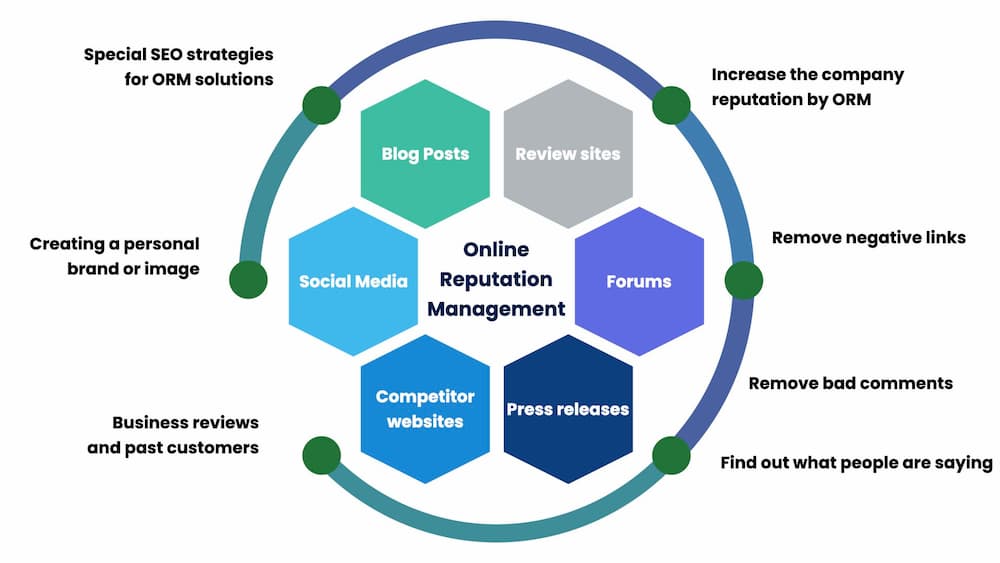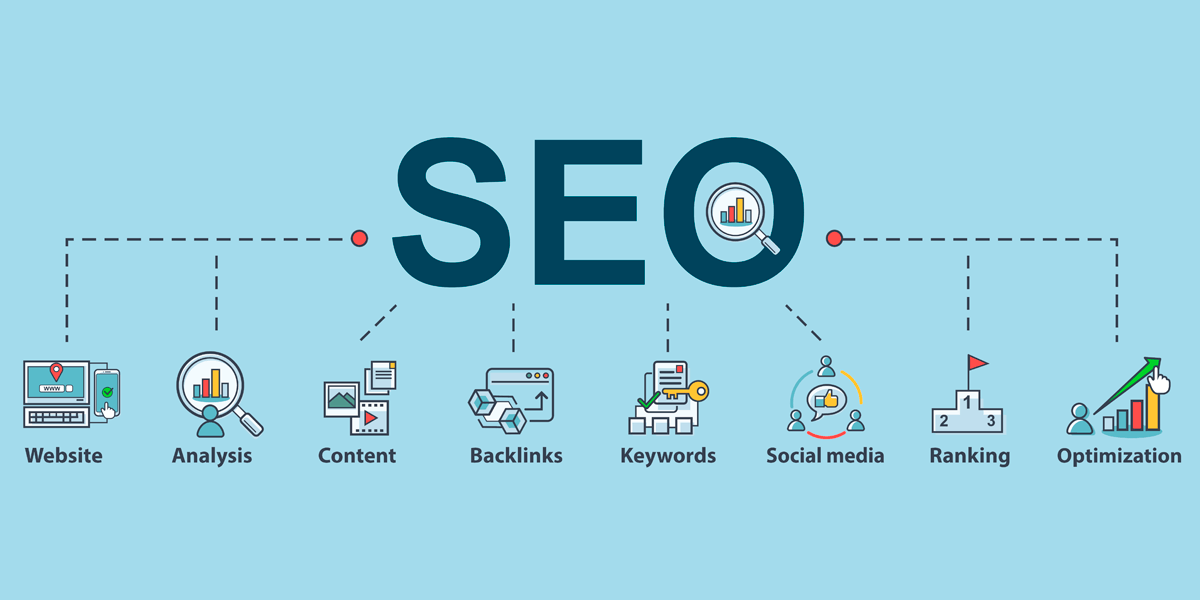Recognizing What Is Not Considered a Default Medium in Google Analytics: Insights
Recognizing What Is Not Considered a Default Medium in Google Analytics: Insights
Blog Article
Unveiling the Unconventional Mediums in Google Analytics Beyond Default Setups
In the world of electronic analytics, Google Analytics stands as a keystone for companies looking for to comprehend their online visibility. By venturing beyond the surface and delving into the complexities of social media data, e-mail project efficiency, reference website traffic sources, direct traffic patterns, and custom-made network groups, a treasure trove of information waits for those ready to accept a much more nuanced strategy.

Leveraging Social Network Insights
Periodically overlooked, yet exceptionally valuable, is the technique of leveraging social networks insights within the realm of Google Analytics. By incorporating data from systems like Facebook, Twitter, Instagram, and LinkedIn right into Google Analytics, services can gain a much deeper understanding of their target market and the effectiveness of their social media sites projects.
With this assimilation, online marketers can analyze and track customer behavior on their site that originates from social media systems. They can determine which social media networks are driving the most traffic, which material is resonating with the target market, and which campaigns are converting one of the most leads. This insight enables data-driven choices to enhance social media techniques and enhance total advertising performance.
In addition, by incorporating social media sites understandings with Google Analytics, businesses can create a lot more targeted and personalized projects - what is not considered a default medium in google analytics. They can use group details, interests, and online behaviors gathered from social networks to fine-tune their target market segmentation and provide tailored messages that resonate with details customer teams. This targeted technique can cause higher interaction, raised conversions, and inevitably, improved roi
Discovering Email Project Performance
Revealing Email Campaign Performance involves evaluating crucial metrics and performance indicators to evaluate the efficiency of e-mail marketing efforts. When diving into email campaign performance, it is important to examine metrics such as open rates, click-through prices, conversion rates, and unsubscribe rates. Open prices suggest the percentage of recipients who opened the e-mail, supplying understanding right into the efficiency of subject lines and sender names. Click-through rates determine the portion of recipients who clicked web links within the email, revealing interaction levels. Conversion prices track the portion of receivers that finished a wanted activity after clicking on a link in the e-mail, such as authorizing or making a purchase up for a newsletter. Unsubscribe rates highlight the number of receivers that chose out of receiving more emails, shedding light on email material top quality and relevance. By assessing these metrics, online marketers can fine-tune their email campaigns for far better interaction and efficiency.
Analyzing Recommendation Website Traffic Resources
After evaluating the performance of email campaigns with crucial metrics such as open prices and conversion prices, the following critical step is examining reference website traffic sources in Google Analytics to understand where website visitors are coming from and how they communicate with the site. Recommendation web traffic sources refer to the sites that guide individuals to your site through clickable links. By delving into this information, organizations can gain understandings right into which outside systems are driving web traffic to their site, whether it be social networks platforms, partner websites, or on-line directory sites.
It helps organizations determine high-performing referral sources that add significantly to site web traffic and conversions. Google Analytics uses thorough records on reference website traffic, allowing organizations to track the efficiency of each reference resource properly and make data-driven decisions to enhance their online existence.
Discovering Straight Web Traffic Patterns
Checking out the direct traffic patterns in Google Analytics useful link offers valuable understandings into user habits and the efficiency of campaigns - what is not considered a default Homepage medium in google analytics. Straight website traffic describes visitors that arrive on an internet site by directly inputting the URL right into their browser, utilizing bookmarks, or clicking on untagged links. Comprehending straight web traffic patterns can assist marketing professionals review the effect of offline advertising and marketing initiatives, brand name recognition, and the effectiveness of word-of-mouth referrals
By diving right into straight traffic data, businesses can reveal crucial details about user intent and brand name commitment. Examining the actions of direct site visitors, such as the web pages they check out, the time invested in website, and the conversion price, can give a much deeper understanding of customer interaction and the overall effectiveness of the internet site in transforming visitors into clients.
Furthermore, tracking straight traffic patterns in time enables businesses to determine trends, seasonality results, and the success of details campaigns or promos in driving direct sees. This information can after that be utilized to refine advertising techniques, maximize web site content, and boost the total individual experience to optimize conversions.
Utilizing Personalized Channel Groupings
Making use of custom-made network groupings in Google Analytics enables businesses to classify and assess their site web traffic based upon details requirements, supplying valuable understandings for enhancing advertising approaches. Personalized network collections allow business to create their very own tailored groups of web traffic sources, such as social media sites, organic search, e-mail campaigns, and referral traffic. By defining these groups, organizations can gain a great site much deeper understanding of just how various marketing networks add to their internet site traffic and conversions.
This attribute is particularly beneficial for services with varied advertising and marketing strategies across various platforms. A business running both paid and natural social media projects can differentiate in between the 2 to examine their individual efficiency properly. Additionally, personalized network groupings can aid recognize any type of ignored or taken too lightly web traffic sources that might be driving useful interaction.
Final Thought

By venturing past the surface area and delving right into the intricacies of social media data, e-mail project efficiency, reference traffic resources, straight traffic patterns, and customized channel groupings, a treasure chest of details awaits those ready to accept an extra nuanced technique. They can determine which social media channels are driving the most traffic, which web content is reverberating with the target market, and which projects are transforming the most leads.After evaluating the efficiency of e-mail campaigns via key metrics such as open prices and conversion prices, the following vital step is examining referral web traffic sources in Google Analytics to understand where website visitors are coming from and how they engage with the website. Custom-made network groups allow firms to create their own personalized collections of web traffic resources, such as social media, natural search, email campaigns, and referral web traffic. By leveraging social media insights, revealing e-mail project efficiency, examining recommendation web traffic sources, checking out direct web traffic patterns, and utilizing custom-made channel collections, marketing professionals can acquire important insights right into their on-line presence.
Report this page